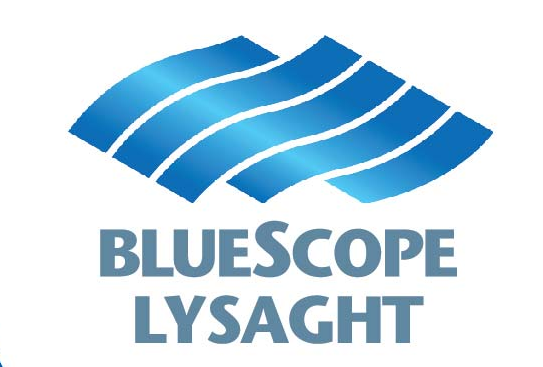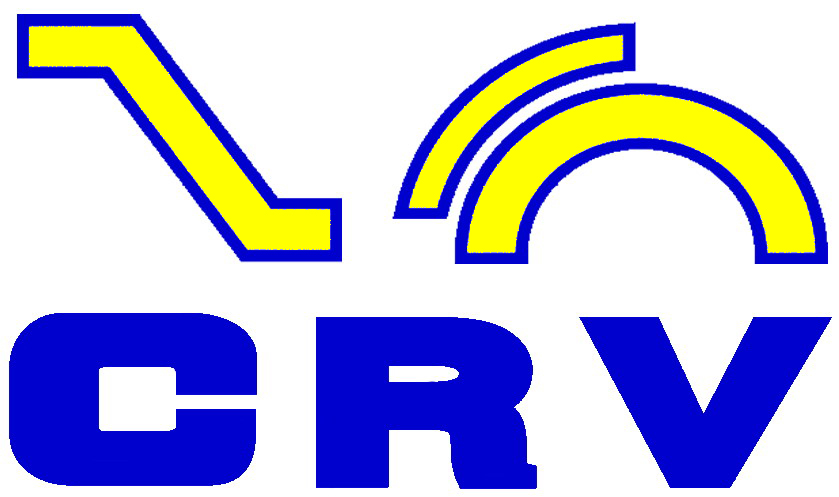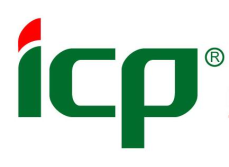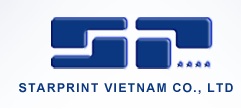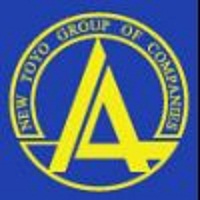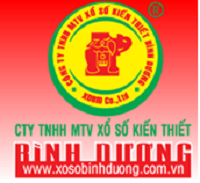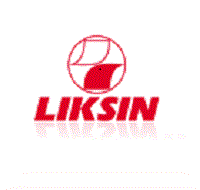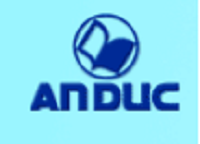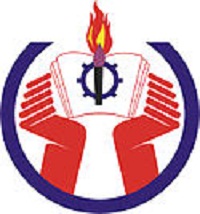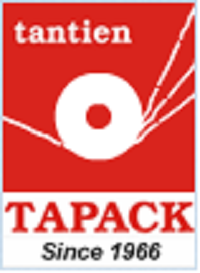
Thư viện
7 bước triển khai bảo trì tự quản AM
Bảo trì tự quản AM là một nội dung của bảo trì năng suất toàn diện TPM. Bảo trì tự quản AM triển khai cho phòng sản xuất/cho nhân viên vận hành thiết bị
Bảo trì tự quản AM triển khai qua 7 bước, kỹ năng của con người sẽ phát triển qua 4 mức độ hiểu biết.
- 7 bước triển khai bảo trì tự quản AM:
- Bước 1: Khởi sự công việc vệ sinh
- Bước 2: Xác định nguồn gốc của vấn đề
- Bước 3: Thiết lập tiêu chuẩn về vệ sinh, kiểm tra, bôi trơn (CIL)
- Bước 4: Kiểm tra toàn diện thiết bị/qui trình
- Bước 5: Hệ thống hóa AM
- Bước 6: Xác định chất lượng sản phẩm và tiêu chuẩn
- Bước 7: Tự quản AM
- 4 mức độ hiểu biết của con người tương ứng với 7 bước triển khai bảo trì tự quản AM:
- Mức 1: Có thể phát hiện vấn đề và hiểu nguyên lý và thủ tục của việc cải tiến thiết bị
- Mức 2: Hiểu biết cấu trúc và chức năng của thiết bị và có thể duy trì nó
- Mức 3: Hiểu biết chính xác mối quan hệ giữa thiết bị và chất lượng
- Mức 4: Có thể tự quản lý thiết bị
- 7 bước triển khai bảo trì tự quản AM:
|
Step |
Activity |
Goals for Equipment |
Goals for Team Members |
Leadership & Support by Management |
|
1. Initial Cleaning |
Thoroughly remove dust and contaminants from equipment. Identify abnormalities and record them in the Abnormality list Address minor abnormalities |
Remove dirt and dust to expose hidden abnormalities . Restore deterioration and defects. Identify all the areas that are difficult to operate and maintain. |
Get used to team activities through cleaning . Develop curiosity, interest, and care for equipment through observing and touching equipment. Learn and acquire basic inspection skills to identify abnormal conditions (Cleaning is Inspection.) |
Teach what is the ideal condition and normal vs abnormal. Teach and show how to identify different types of abnormalities. Teach "Cleaning is Inspection." Coach people on selecting their individual improvement. |
|
2. Address sources of problems |
Establish countermeasures for sources of contamination and dispersion of contaminants. Improve hard-to-clean areas. Continued inspection and correction of minor abnormalities. |
Prevent generation and adherence of contaminants. Equipment performance improvement through the elimination of selected losses. Maintain equipment conditions through daily cleaning and inspection. Apply visual control |
Focus on making lasting improvements against problem areas Increase problem solving capability through basic process for developing, implementing and verifying improvements Develop understanding of the relation between CI activities and equipment performance |
Teach machine motion and transformation processes Teach where-where analysis, why-why analysis Define target CI time based on business need. Teach the proper approach for addressing problem areas Provide coaching on improvement ideas and methods . Teach importance of developing standards |
|
3. Establish Cleaning, Inspection and Lubrication Standards |
Provide lubrication skill training. Conduct general lubrication inspection. Establish a Lubrication Management System Set up cleaning, inspection and lubrication standards which can be firmly followed within the designated time. |
Restore the Lubrication system to ideal condition Define activities in which basic conditions (cleaning, lubrication, and oiling) are firmly maintained and deterioration is prevented. |
Preparation of standards by the team and follow them. Learn the importance of following the standards, how to use visual controls and train others Acquire high degree of ownership for the conditions of the equipment and work area. |
Prepare lubrication standards. Teach lubrication and inspection and give instructions on site. Teach how to prepare cleaning, inspection and lubrication standards, guiding and supporting preparations. |
|
4. Conduct Overall Equipment / Process Inspection |
For each general inspection subject: Conduct inspection skill training. Conduct general inspection. Improve inspection methods and equipment. Establish standards for inspection to be conducted firmly within a designated time. |
Restore and improve deterioration and defects. Improve hard-to-inspect areas. Firmly maintain with daily inspection the restored status from deterioration in order to further improve equipment reliability. |
Learn equipment structure, function, and deterioration evaluation criteria through inspection skill training and acquire inspection skill. Learn and master treatment of simple effects. Leaders learn leadership through teaching and members learn membership through learning. Learn how to collect, summarize, and analyze inspection data and recognize its importance. |
Prepare general inspection check sheets, manuals and educational materials and provide general inspection training. Make general inspection schedule. Process requested repairs promptly. Teach treatment of simple defects. Teach visual control and how to implement improvement of hard-to-inspect areas. Teach how to handle inspection data. |
|
5. Systematize Autonomous Maintenance |
Prepare autonomous maintenance standards and calendar to sum up all the activities focused on equipment. Follow the standards and conduct daily maintenance rigorously Aim for Zero Breakdowns. |
Review results of Focused Improvement (improvement on each piece of equipment) and re-apply them to similar equipment. Review visual control from overall point of view. Maintain highly reliable process and equipment with good maintainability and operability. Materialize such production floor where abnormality is detected easily. |
Understand processes and equipment as a total system. Nurture ability to detect symptoms of abnormality by the 5 senses and to prevent breakdowns and create operators who know equipment well. Permeate the group's self-managed control. |
Determine inspection responsibilities between AM & PM. Teach basic maintenance skill and simple diagnosis. Teach case studies in which breakdown was prevented. Teach structure and functions unique to a process and equipment and have members understand them as a total system. |
|
6 Address Product Quality Standardization |
Conduct activities to not let defects pass through. Conduct activities to not make any defects. Assure quality by process and equipment and aim for "0" defects. |
Review quality assurance items. Materialize a highly reliable process in which defects are not sent to the next process. Review quality product conditions. Materialize highly reliable process and equipment which does not make any defects. |
Create operators who know equipment and quality well and upgrade their level to that of engineers. Each operator acquires self-managed control. |
Teach process quality and quality product (procession) conditions. Teach relationship between demands-factors-results. Teach 5 easy-for-QA conditions. Teach quality assurance through equipment motion and procession principles. Operation, Maintenance, Quality Assurance, Production Engineering and Product Design Departments share responsibilities for quality. |
|
7. Practice full Autonomous Maintenance |
Maintain... Improve... Continue the current AM level. |
Maintain "0" accidents, "0" defects, and "0" breakdowns and aim for yet a higher level. |
Permeate sub-theme (Kaizen) activities, and make problem identification and solution habits for the members. Predict abnormalities and prevent breakdowns and defects from occurring. Permeate self-managed control and autonomously deploy corporate/plant policies into the first line. |
Support activities to maintain, improve and continue the AM level. Further improve technology. Aim for the second generation AM. |
- Thiết bị và tổ chức: Phát triển khả năng thông qua 7 bước triển khai bảo trì tự quản AM:
By implementing Autonomous Maintenance, we intend to go beyond the restoration and improvement of equipment. In fact, if we had to do so, we would pick some other tools that have been proven to deliver such results in a shorter period of time.
Let's recall the AM Vision: "Teams operate at zero defects without outside intervention". This vision can only be achieved by building the capability of each individual and the total capability of the team.
This is the ultimate purpose of Autonomous Maintenance: a knowledgeable front line organization.
This capability growth takes place in a gradual manner throughout the seven steps of AM. To what extent this development will take place will be fixed by each individual organization, but generally speaking we will aim for a front line organization that can run activities to:
1. Prevent Equipment Deterioration
Cleaning, lubrication, tightening, minor adjustments
2. Early Detection and Prevention of Losses
Highlight abnormalities, take countermeasures, execute easy repair
3. Measure Equipment Deterioration
CIL standards, checking of operation conditions
- Con người: Phát triển kiến thức và kỹ năng
Four levels of knowledge and skill development of the front line organization can be identified :
1- Can detect problems and understand the principles and the procedures of equipment improvement
2- Knows the function and structure of equipment
3- Knows the relationship between equipment accuracy and product quality
4- Can manage equipment
Front line technicians will move through the four of them as they progress in the implementation of the seven steps of Autonomous Maintenance.
- Knowledge and Skills Development throughout the Seven Steps
|
Levels |
Required Skills |
AM Step |
|
1 |
Understanding the importance of cleaning (inspection) and proper cleaning methods Understanding the importance to eliminate sources of contamination Understanding the importance of proper lubrication Ability to discover abnormalities in equipment and components Ability to solve abnormalities |
STEP 1
STEP 2 |
|
2 |
Understanding what to look for when checking the machine functioning Understanding the right criteria for distinguishing normal from abnormal (judging abnormalities) Understanding the relationship between specific causes and specific abnormalities contributing to equipment failure Ability to clean and inspect the right locations to maintain equipment performance Ability to analyze problems down to root cause and identify countermeasures (trouble shooting) |
STEP 3
STEP 4 |
|
3 |
Understanding the relationship between abnormalities and process conditions Understanding the relationship between process conditions and equipment Understanding how to set up the right tolerances for static and dynamic precision and how to measure them Ability to analyze phenomena |
STEP 5
STEP 6 |
|
4 |
Ability to assist in overhaul repairs Ability to reduce set up losses Ability to reduce change-over losses Ability to take emergency measures Ability to update machine conditions and specifications for new initiatives |
STEP 7 |
- Bảo trì tự quản AM triển khai qua 7 bước, kỹ năng của con người sẽ phát triển qua 4 mức độ hiểu biết tương ứng.
------------------------------------------------------
Ông: Nguyễn Đình Cương.
Chuyên viên Tư vấn Lean - TPM, công ty Tư vấn TST VN.



